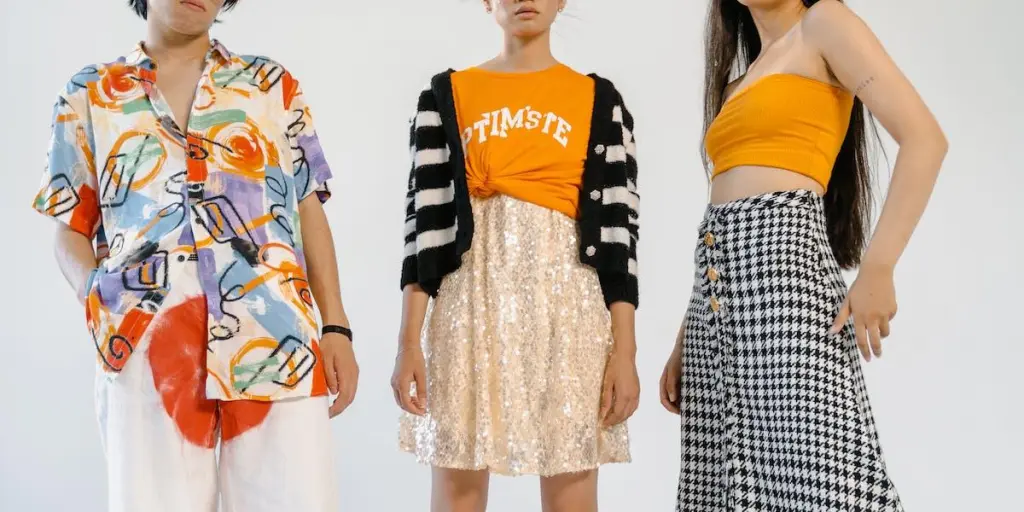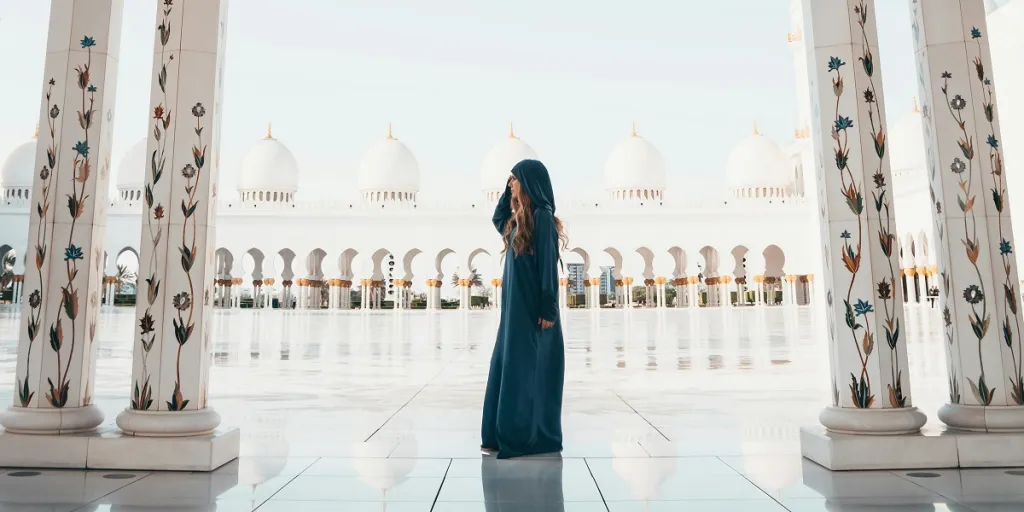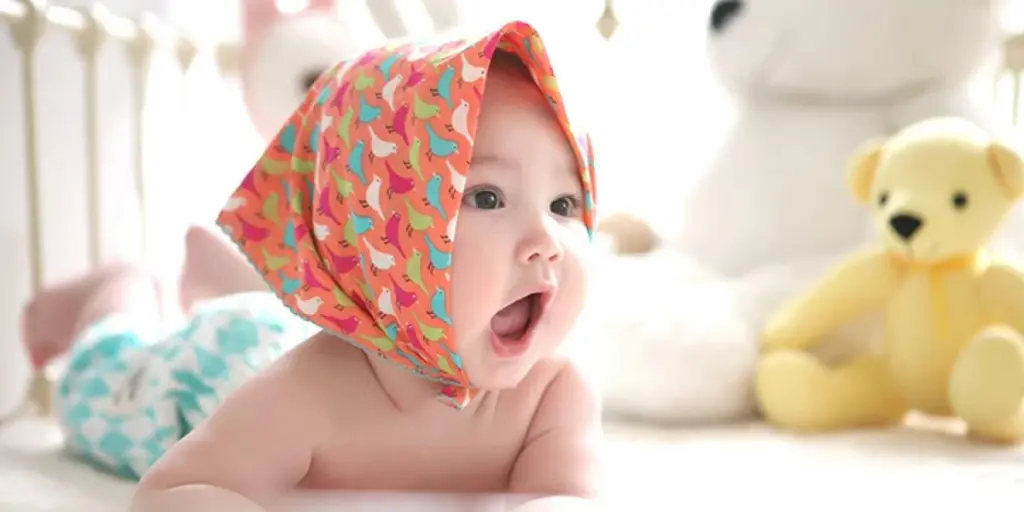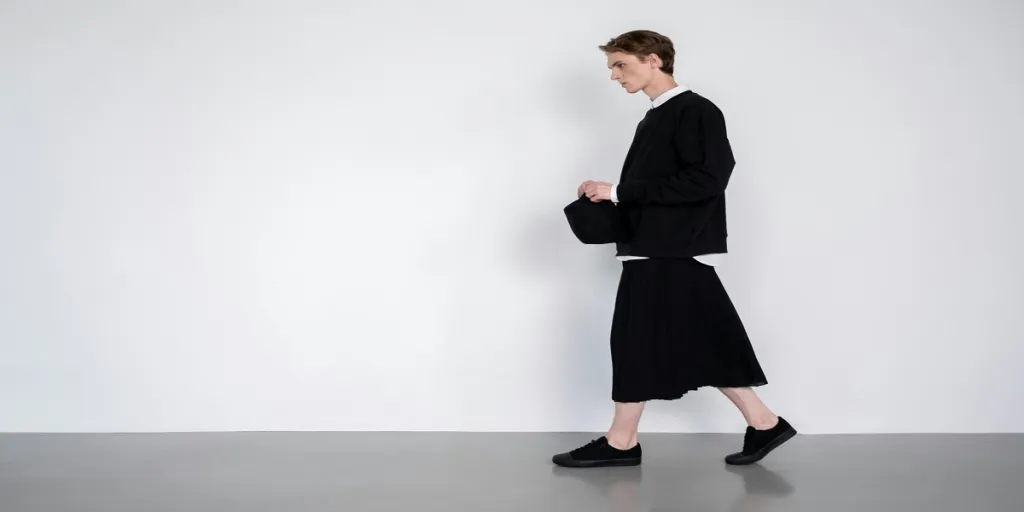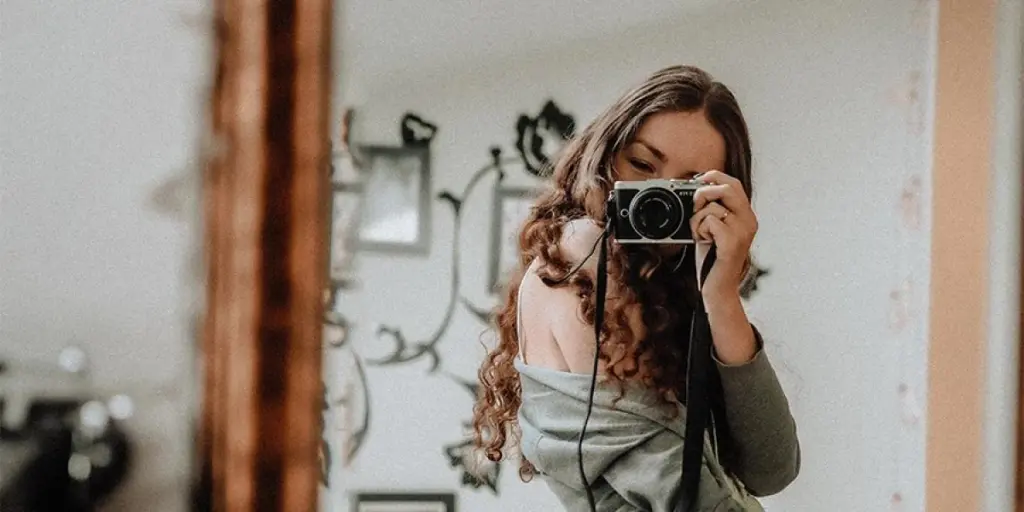Many people aren’t happy with fast fashion. With companies chugging out mass-produced clothing items to leverage catwalk trends, most consumers know such practices harm the environment.
However, in 2024, fashion trends are set to continue the eco-friendly movement, pushing the fashion industry toward a better reputation. But that’s not all. Some unexpected segments also receive upgrades, while others are revolutionizing the fashion world. Discover these trends and how they’ll impact the fashion industry this year.
Table of Contents
9 top fashion trends that will dominate 2024
Wrapping up
9 top fashion trends that will dominate 2024
1. Second-hand clothing
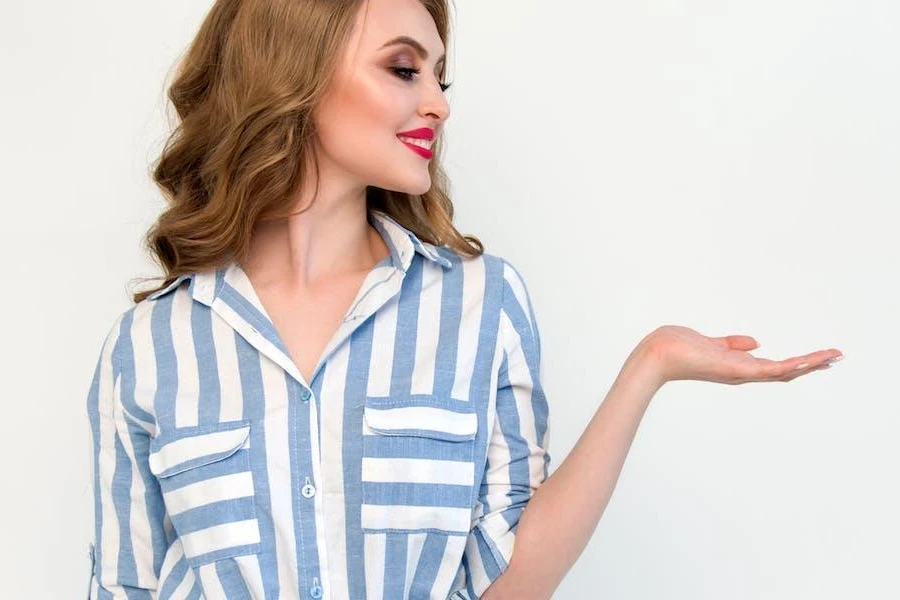
Eco-friendly and sustainable practices drive modern fashion, and one of the trends that has experienced a recent popularity rise is second-hand clothing. The second-hand clothing industry promotes a more eco-conscious approach to fashion consumption.
By embracing previously owned garments, consumers reduce their environmental waste and footprint. But more importantly, the rising popularity of second-hand clothing indicates a change in consumer attitude, highlighting the importance of reusing and extending the lifespan of clothing.
The second-hand clothing market is not just growing. It’s exploding. Experts predict second-hand clothing will account for 10% (or US $30.6 billion) of all clothing sales in the US by FY 2025.
2. Bamboo as a clothing material
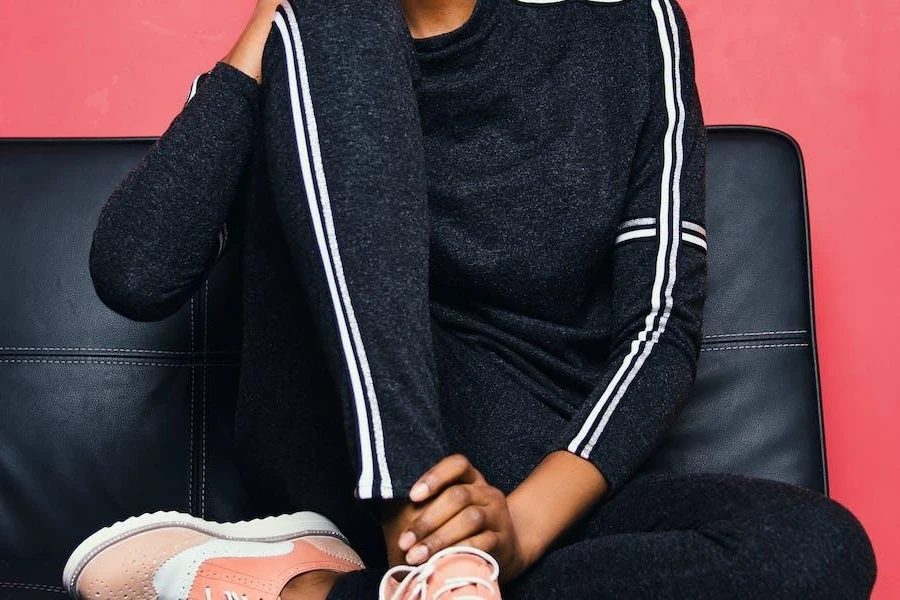
While second-hand and rental clothing contribute massively to eco-friendly fashion, they can’t stop new clothing production. So, to curb the fashion industry’s deadly environmental impact, many manufacturers have turned to sustainable materials—bamboo fabric is one of the most promising solutions.
Bamboo fabric is soft, comfortable to wear, highly breathable, and moisture-wicking, making it perfect for sleepwear. Bamboo pajama search interest grew by 18% in the past year, reaching 12k monthly searches.
Bamboo fabric is also popular for activewear, baby clothing, and other outfits that involve a lot of movement. As a bonus, bamboo clothing is a top choice for consumers with sensitive skin.
3. Vintage clothing
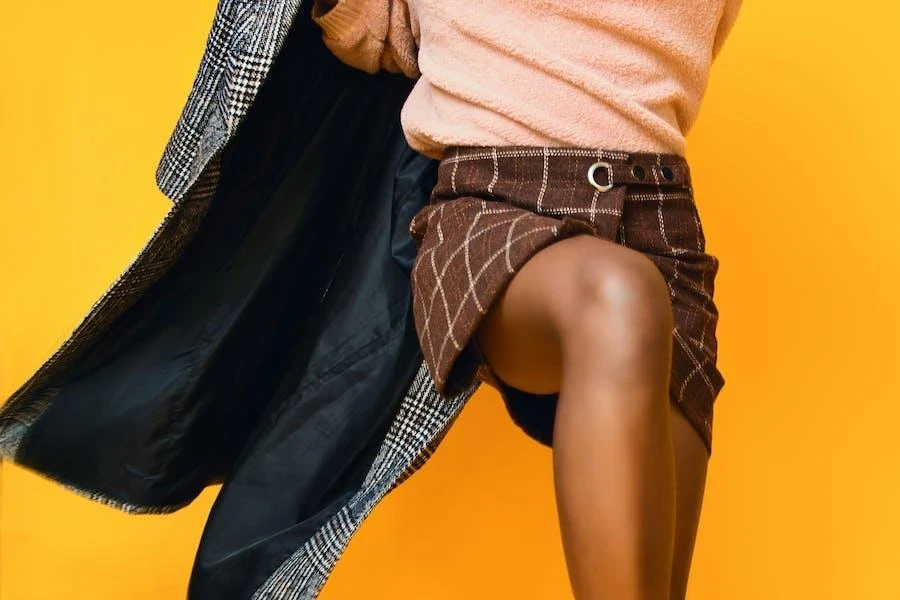
Any item must be at least 20 years old to fall under the “vintage” category. Although many vintage pieces are second-hand, it doesn’t matter if someone previously owned them (some vintage pieces can be unowned). However, vintage clothing also helps promote more sustainable fashion.
Old-money fashion is a vintage fashion style that’s enjoying a resurgence. Inspired by the aesthetic of elite and historically wealthy families, the style highlights a classic, understated, and timeless elegance. Interest in old money outfits grew by 328%, placing it at 19k monthly searches.
Preppy is another vintage style currently blowing up in popularity. The nostalgia trend turned consumers’ attention toward retro styles, including 80s and 90s preppy outfits. The preppy style’s current volume is 446k monthly searches, growing by 16% over the past year.
4. Athleisure and comfort wear
The 2020s are an era of comfort and style, and athleisure has emerged as the dominant fashion trend. Seamlessly blending athletic and leisurewear, athleisure provides a versatile clothing style that has remained a hit for fashion-forward consumers.
The athleisure market’s value in 2022 was an astounding US $350 billion, with research expecting it to reach US $626.79 billion by FY 2032. That’s how huge the market for athleisure wear has become over the last few years.
Some popular athleisure items include oversized gym shirts (32% annual growth, 1.9k searches monthly), flared sweatpants (246% annual growth, 7.4k monthly searches), low-rise sweatpants (113% yearly growth, 2.2k searches monthly), and baggy leggings (191% annual growth, 1.9k searches monthly).
5. Professional medical clothing

Many things changed fashion-wise in the early 2020s, but one unexpected change was medical garments receiving some stylish love. Scrubs, in particular, have received a fashion overhaul, allowing medical professionals to express themselves on the job.
But wait, isn’t medical clothing provided by medical hospitals and medical programs? Traditionally, yes. But they’re often shapeless enough to fit anyone and strong enough to handle industrial standards. However, more medical personnel are taking the personalized route with their scrubs.
Some changes made to medical scrubs include better fits, jogger-style scrub pants, pockets with zips, less boxy tops, and sleeveless designs. Some brands offer up to 13 styles, creating opportunities in a new fashion market.
6. AI-driven style recommendations
Despite the many opinions surrounding AI, it is undeniable that it has made life easier for many sectors. And now, AI has made its way to the fashion industry through virtual try-ons.
Adding an AI recommendation system to the consumer shopping experience is a great way to increase revenue. Product-driven retail is ending as more consumers value the experience retailers offer as much as what they offer, and AI try-on systems are one of the fastest-growing trends.
Consumers can try outfits that catch their eyes visually before committing to a purchase. More importantly, digital try-on technologies, like Outfits AI, promote sustainability as they remove the need for physical samples and returns.
7. Rental and subscription-based clothing
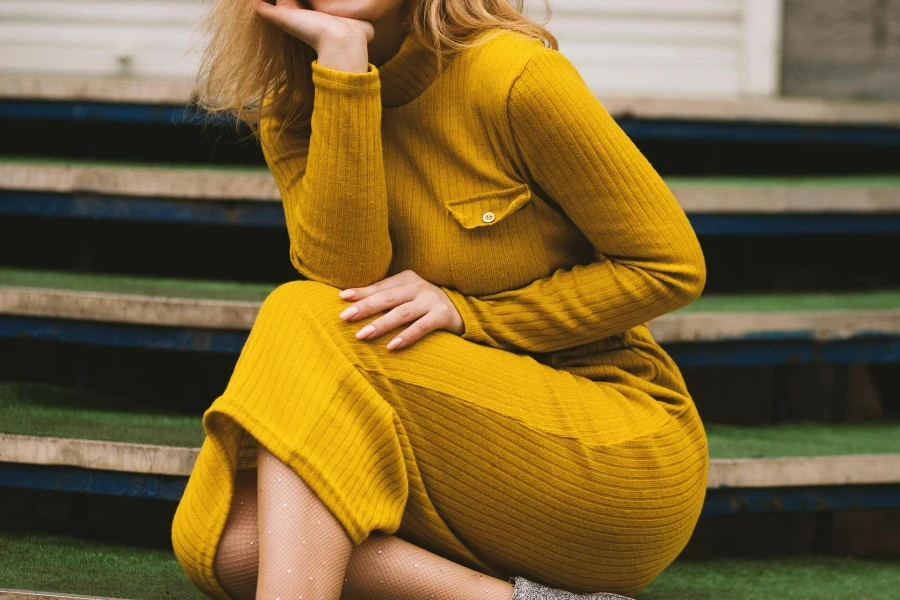
The consumer mindset is evolving—most people prioritize experiences over material possessions. For this reason, fashion rental and subscription-based services are growing exponentially since they align with these changing mindsets.
Environmental friendliness is the major driving force behind the growing popularity of rental clothing. Rental clothing encourages sharing and reusing pieces, helping to minimize the ecological strain notoriously associated with fast fashion and allowing consumers to access designer-grade garments without committing to long-term purchases.
Brands like Nuuly and FashionPass offer subscription-based services, giving consumers a wide selection of clothing and accessories. These brands are also growing tremendously, with Nuuly enjoying 58% growth over the past year and attracting 157k searches monthly. There is huge potential in this trend.
8. 3D printing in fashion
3D printing is not only for geeks! Even fashion has tasted the goodness of 3D printing, and it’s revolutionary. How? It’s changing how the world designs, produces, and consumes clothing.
One reason 3D printing is gaining momentum in the fashion world is how fast it makes the design and production process. It creates a medium for designers to quickly transform their ideas into reality, cutting down on the time spent from concept to creation.
Customization is another big thumbs up for this trend. Since every person has unique body shapes and sizes, traditional mass production may not cater to everyone’s needs. But 3D printing changes that, allowing manufacturers to customize accounting to specific measurements for the perfect fit.
9. Fashion for social causes
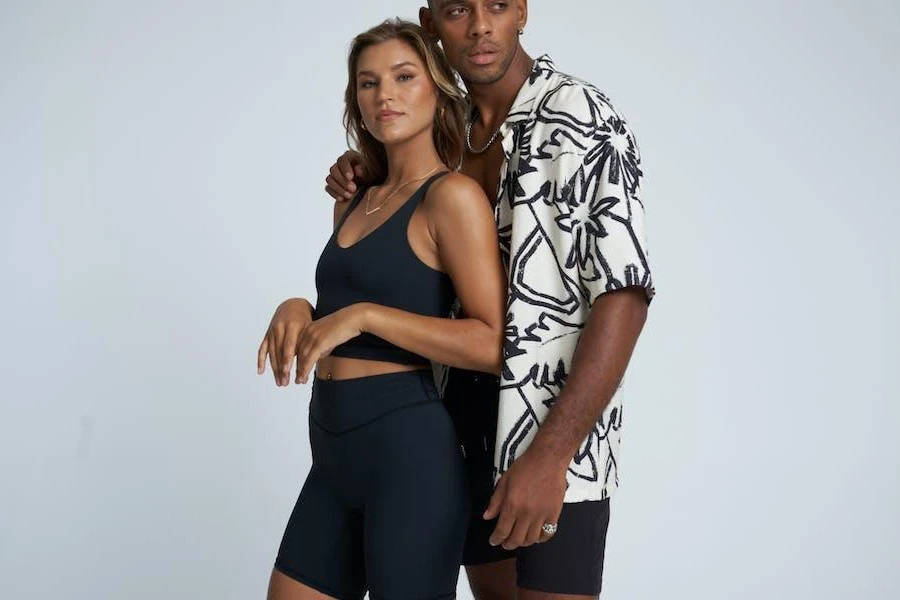
The fashion industry has a bad reputation for the environment, but many brands are stepping up to help change the narrative. As a result, fashion for social causes was huge in 2023 and will likely continue growing in 2024.
Some brands plant trees for every piece of clothing produced, offsetting the CO2 they create throughout their entire lifecycle. Other brands help local communities build sustainable and self-sufficient lives. Social causes could be anything, as long as they are helpful to the environment and communities.
Wrapping up
The whole world is heading toward eco-friendliness, and the fashion industry is doing the same. Most people have also moved toward clothes that feel comfortable without sacrificing style. Even the medical clothing sector is not exempt, as scrubs are getting style upgrades this year.
AI is making waves in the fashion industry, allowing consumers to try different styles virtually. 3D printing revolutionizes fashion design and production, while social causes also impact the apparel market.
These are the nine trends to focus on in 2024 to attract more consumers and increase sales!
